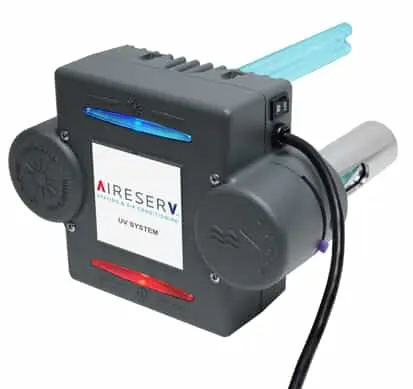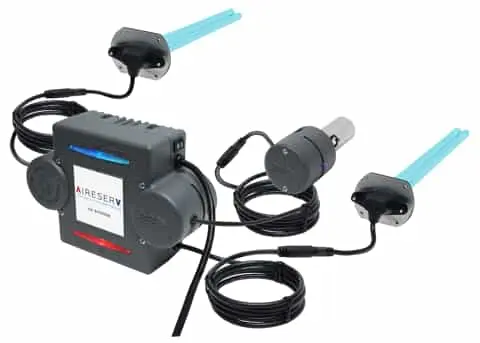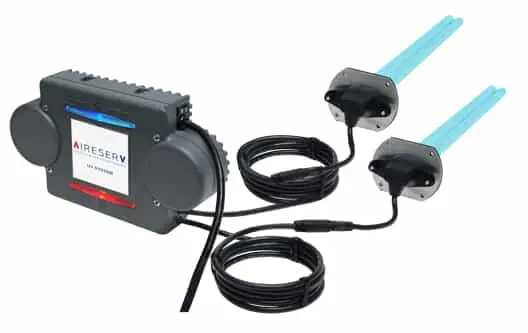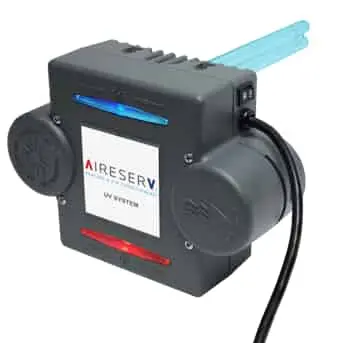- Apply Locally Special Offers Financing
Call phone number(573) 303-3022 24/7 Customer Service
- Apply Locally Special Offers Financing
Call phone number(573) 303-3022 24/7 Customer Service
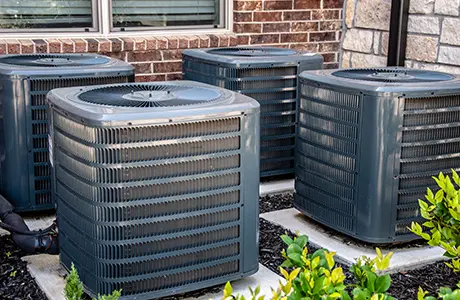
UVGI was used for water disinfection in the early 1900s, and for both water and airstream disinfection in the post-WWII era. However, it fell out of favor in the 1960s as new antibiotics and cleaning agents came to market and mechanical ventilation in buildings improved. In the 1990s, demand for the germicidal technology returned, following a resurgence of antibiotic-resistant germs.
It has been realized that the benefits of UV-C (energy savings, reduced maintenance, and improved IAQ) are not solely reserved for the health care setting.
Common applications of UV technology include schools, office buildings, airports, senior living, dental offices, greenhouses, veterinarian offices and the home that you live in.
Coupled with the fact that UV-C can kill virtually any microbe including viruses, has resulted in the significant growth of UV-C systems in residential, commercial, and industrial applications.
High-traffic spaces where airborne microorganisms are prevalent, Indoor Air Quality (IAQ) is becoming a huge concern!
Typically, UVC systems are employed in these configurations: cooling coil disinfection, duct and upper air airstream disinfection.
Viruses and certain bacteria are so small that they pass through even the highest-efficiency filter like sand through a tennis racket. UV-C disinfection is the perfect complement to conventional filtration. The filter removes the particulates from the air, and the UV-C energy deactivates the microorganisms that pass through the filter that would have otherwise been distributed through the HVAC system.
Coil-mounted and in-duct/upper-air systems work in tandem. Installing UV systems in the air handler section will achieve immediate results by disinfecting coil and other surfaces within the AHU (typically within an hour) but will require time for the UV-C light to penetrate deep into the coil, breaking down the biofilm.
